Why It’s Good That We Fought About the White House Rose Garden Redesign
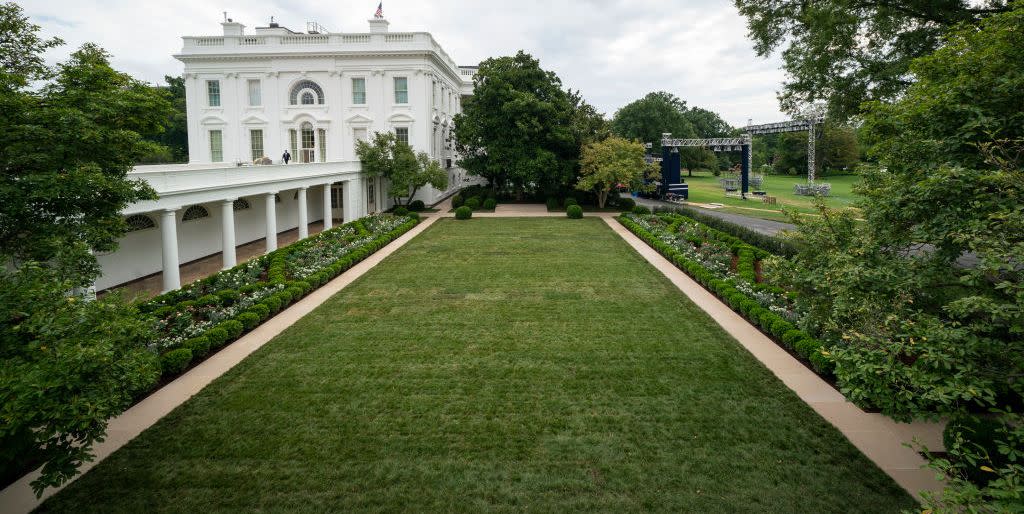
On Tuesday night, First Lady Melania Trump addressed the Republican National Convention in a televised speech from the White House Rose Garden. Guests were seated on chairs placed on the garden’s lawn in what was the first public function held at the historic outdoor space since Mrs. Trump unveiled its redesign on August 22.
The speech, by most accounts, went off as planned, but the same cannot be said of the unveiling of the garden, which set off a firestorm of criticism and rebuttal that continues (300 tweets per hour on Twitter at one point on Tuesday, many of them quite pointed in their disdain for the new elements) against the backdrop of the election and other pressing national news.
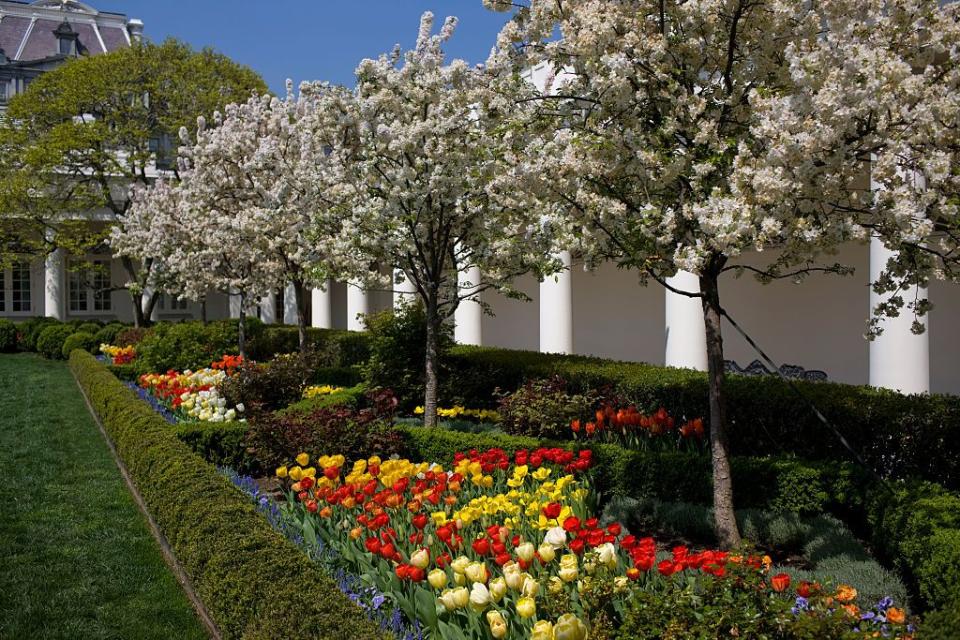
“They cut down the trees? And made the whole thing look like an uninteresting patch of lawn?” wrote political commentator Bill Kristol on Twitter.
They cut down the trees? And made the whole thing look like an uninteresting patch of lawn? https://t.co/Gv1XCwUhfo
— Bill Kristol (@BillKristol) August 22, 2020
“I normally think Melania has impeccable taste - but removing Jackie O’s rose garden and all the beautiful flowers and color for whatever reason I find really upsetting not to mention not nearly as beautiful,” tweeted Meghan McCain, a columnist and co-host of The View.
I normally think Melania has impeccable taste - but removing Jackie O’s rose garden and all the beautiful flowers and color for whatever reason I find really upsetting not to mention not nearly as beautiful. Not everything historical is meant to be redone :(
— Meghan McCain (@MeghanMcCain) August 22, 2020
Journalist and political commentator Howard Fineman was more pointed: "The #Trump family did its best to turn the lovely Rose Garden into a neo-fascist parade ground," he wrote.
The #Trump family did its best to turn the lovely Rose Garden into a neo-fascist parade ground. https://t.co/XTVvqnFzaX
— howardfineman (@howardfineman) August 22, 2020
The space has a near-sacred quality for many because, as McCain noted, Jacqueline Kennedy oversaw the creation it's most recent iteration in 1962 with the help of garden designer and philanthropist Rachel Lambert “Bunny” Mellon. Since then the bucolic rectangular space has served as backdrop for countless speeches, award ceremonies, Thanksgiving turkey pardons, and even one First Family wedding (Tricia Nixon’s in 1971).
The White House announced plans for the renovation in July, including the fact that landscape architects Oehme, van Sweden & Associates and Perry Guillot, Inc had helped conceive the new design. Both are well-known and respected firms and they in turn worked with a panel of consultants (listed in the 241-page project report, also released on Sunday).
Among the changes unveiled on Sunday were replanted herbaceous beds, the addition of two paved walkways to better accommodate people with disabilities, and most controversial, the removal of two rows of flowering crabapple trees that flanked the long sides of the garden. (These were reportedly replanted elsewhere on the grounds.)
Along with aesthetic critiques, many commenters raised concerns about the timing of the project and its unveiling and the propriety of using a White House space as backdrop for a political campaign speech (historically incumbents have not done so).
If this isn’t a Marie Antionette moment I don’t know what is. Who cares about a redesigned rose garden when we’re in the middle of a pandemic, 175k+ people are dead and millions are out of work? https://t.co/x5APCx4bGv
— Charles M. Blow (@CharlesMBlow) August 22, 2020
Others asked whether anyone should be allowed to tamper with something created by Jacqueline Kennedy, one of our country’s most beloved First Ladies.
In an attempt to find answers to some of these questions, T&C reached out to Charles Birnbaum, president of the Cultural Landscape Foundation, a Washington, D.C. non-profit that “educates and engages the public to make our shared landscape heritage more visible.” (Before commenting on the controversy surrounding the garden, Birnbaum asked that it be noted that Eric Groft, principal at Oehme, van Sweden sits on TCLF’s 24-member board of directors. Also, at one point, Birnbaum was part of a proposed team to work on the garden but was not selected.)
Is the Rose Garden our country's most famous garden?
Not necessarily but this particular garden is rooted in a popular culture that grows out of the television era. It almost seems fitting that the kind of explosion that we have seen [about it] is happening on social media—a 2020s medium. The Rose Garden is a landscape that so many of us have an intimacy and familiarity with because we have looked at it in our living room on our television sets. And when we look at the Bunny Mellon, Jackie Kennedy overlay, we're also viewing [their design] through the prism of decades of our familiarity seeing it.
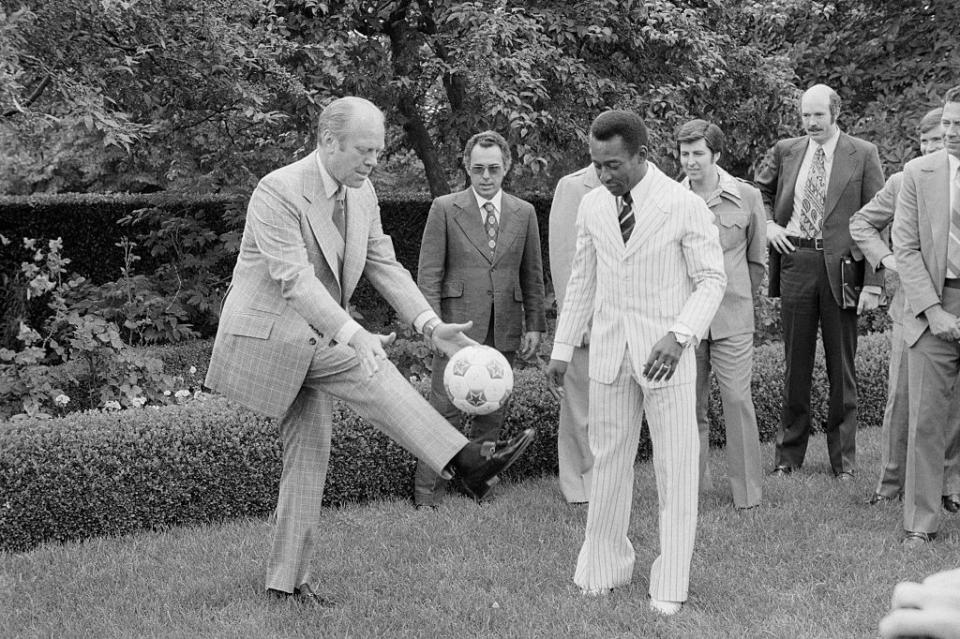
Are gardens supposed to change?
The thing about landscapes is that they're complicated, they're messy, they're layered with history. Very often people think that they know a place, but the reality is a landscape like the Rose Garden evolves over time. Plants die, we have moments of drought, we have plants that were hardy in a particular place may not be anymore. So there's a lot of factors that funnel into a landscape and it changes over time. That’s not to say that there are not some landscapes—say the Miller Garden [designed by Dan Kiley] in Columbus, Indiana—where there is an exactitude to maintaining the design intent. But most gardens do change.
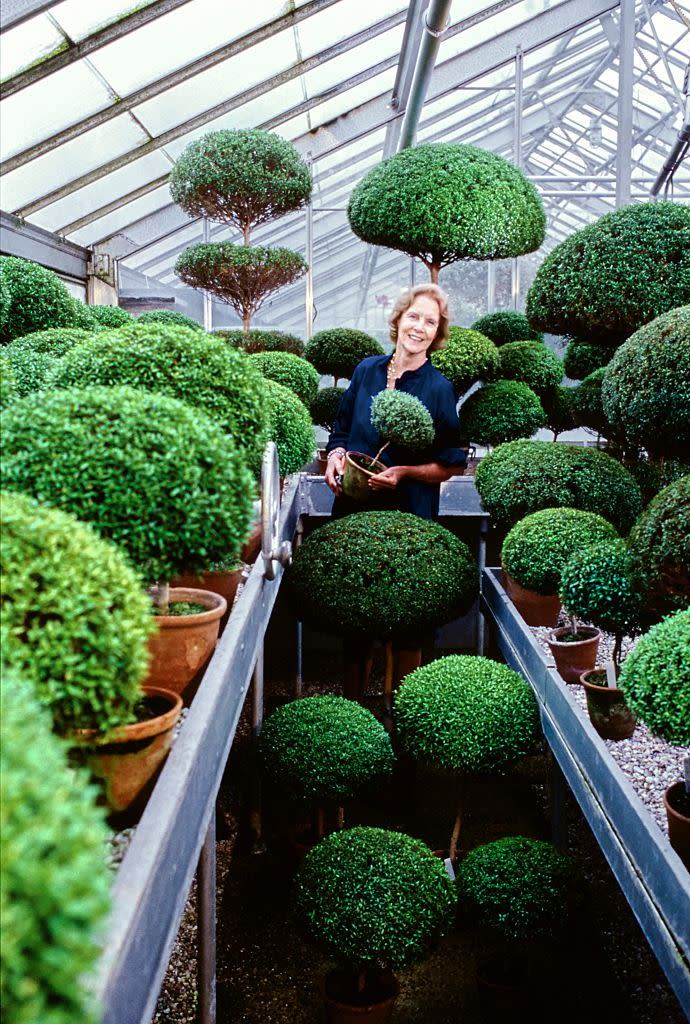
But this is the White House...
The White House grounds is both a designed landscape and a commemorative landscape. The discourse around this garden is happening now because we're commemorating, if you will, Mrs. Mellon, Mrs. Kennedy, and [former First Lady] Lady Bird Johnson, who continued their work. The Rose Garden has associations with those historical figures. But, the very nature of the White House grounds is it will continue to evolve as new occupants come and go and we commemorate them. We saw that, for example, when the Obama's brought in a vegetable garden in 2009.
What about the flowering trees?
While you could make an argument that the [herbaceous beds] have changed over time, that this is just another creation, and they’ll change again. But what's happening [after the removal of the crabapple trees] is now one can read the columns of the portico very clearly and the impression is different. The questions of memory, nostalgia, feeling, and association are important here. Think about the quality of a long view versus up close. Before, you had overarching, gnarly branches, not to mention the fragrance; without them it will be different. That to me is the one gesture where there is a shift.
Would any changes to the Rose Garden inevitably spark outrage?
I really appreciate the work that the consultant has done [on the report about the garden]. There is transparency to that decision making process that is so often missing. If you remove the politics of the moment, there's always a question of who gets to be the decider and how do you make those decisions. In that context—and I want to be very careful and nuanced about this—I think it's important for us to talk about the vegetable garden that came in 2009 [during the Obama administration ]. Were similar questions raised when we put an 1,100-square-foot, L-shaped vegetable garden on the grounds? In other words, managing change and the dynamism of the White House grounds is always an issue worth raising questions about.
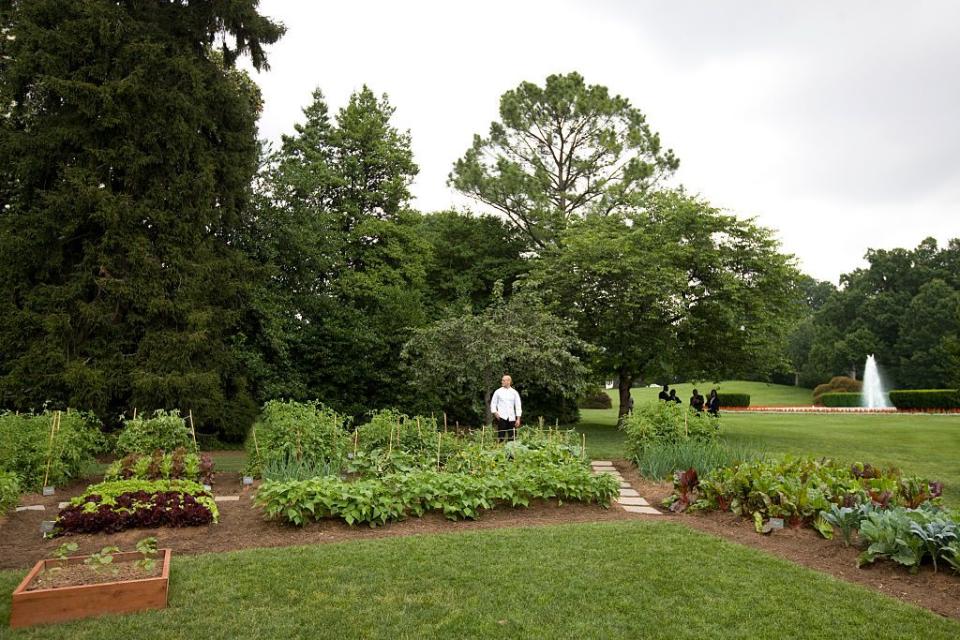
Is there a silver lining?
“I'm excited when people want to talk about landscape. Imagine if we gave this much attention to other gardens? We're having this conversation today because of this ruckus.”
You Might Also Like

